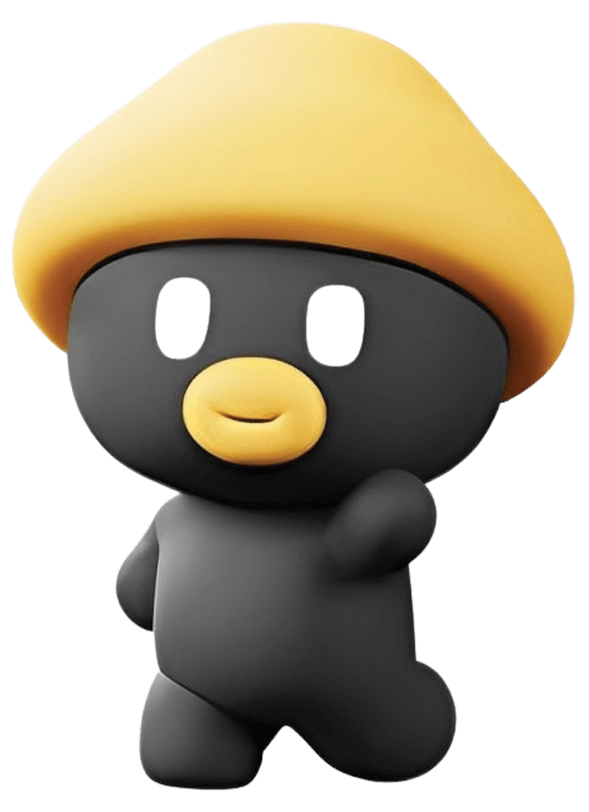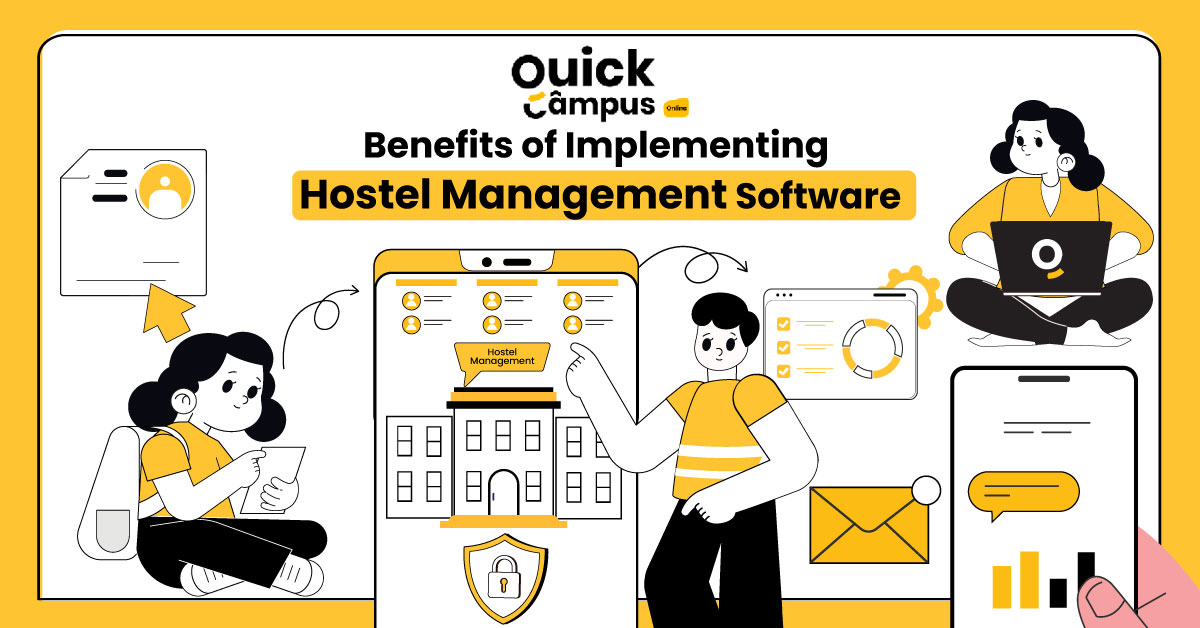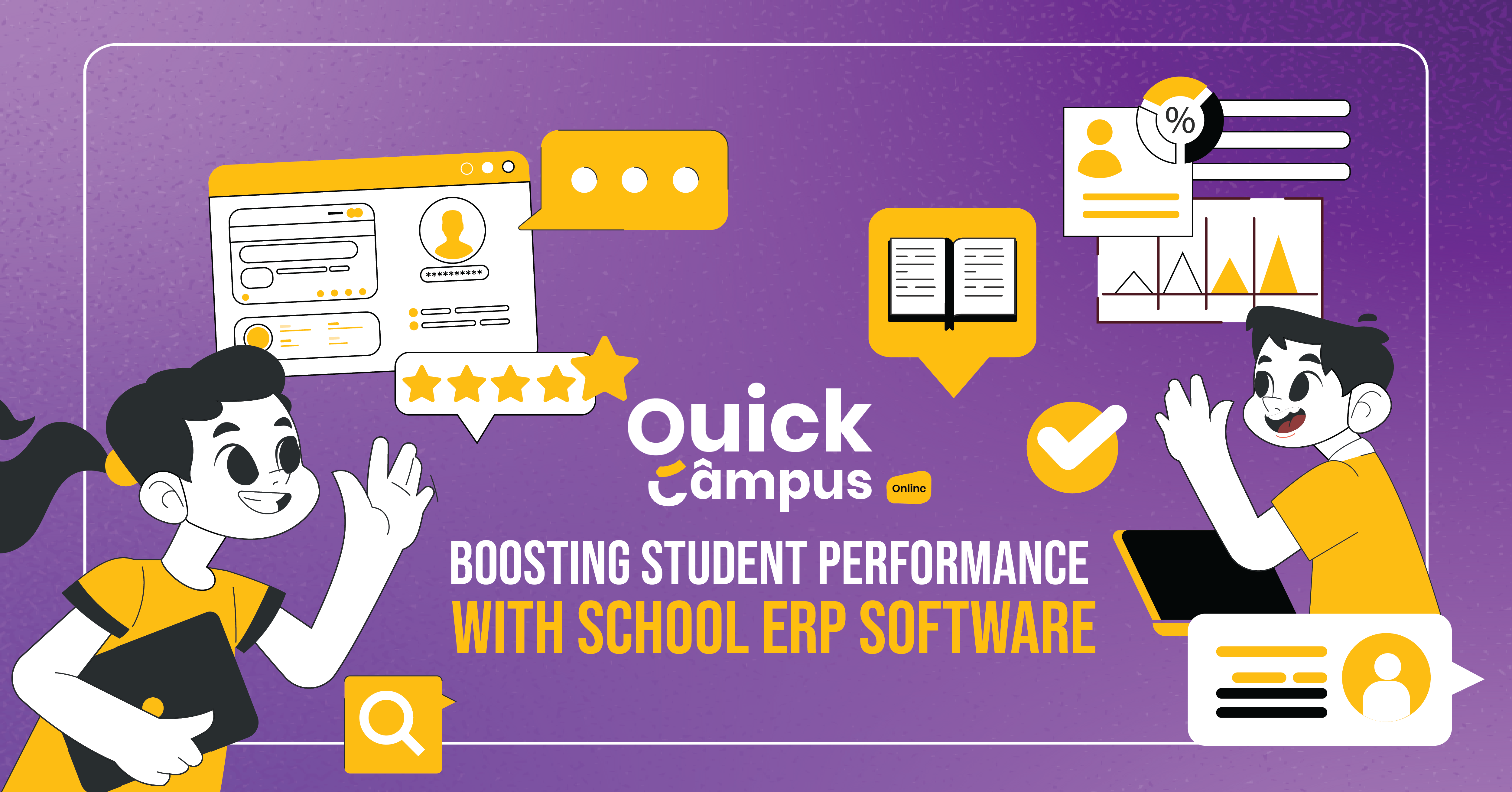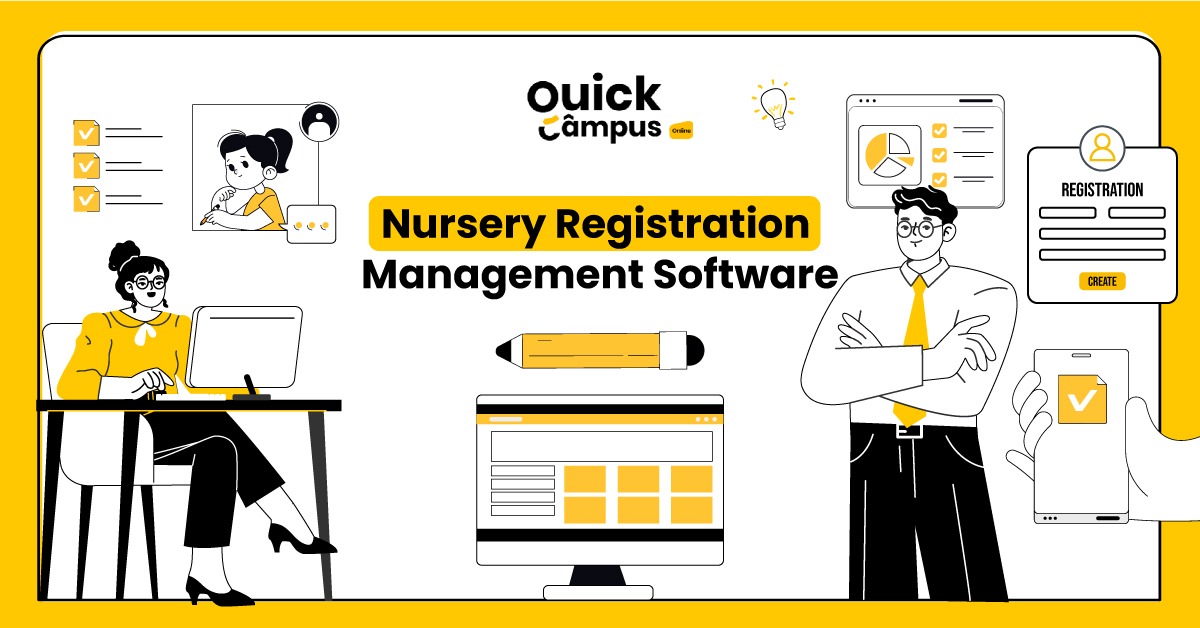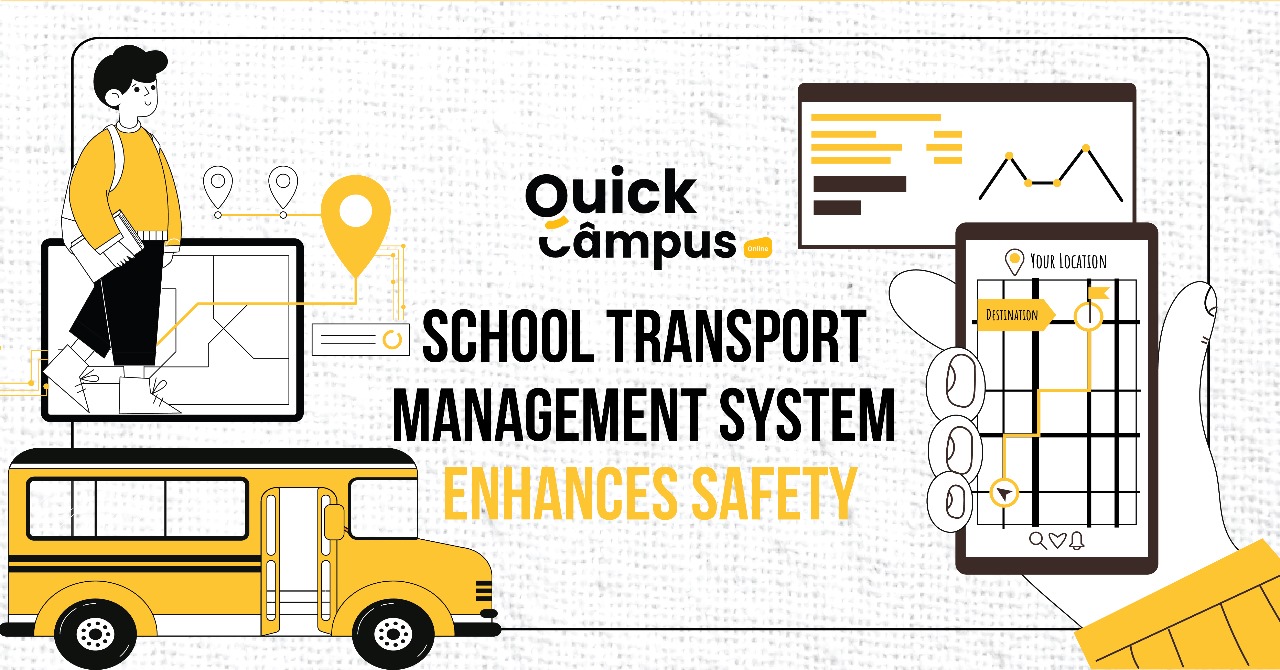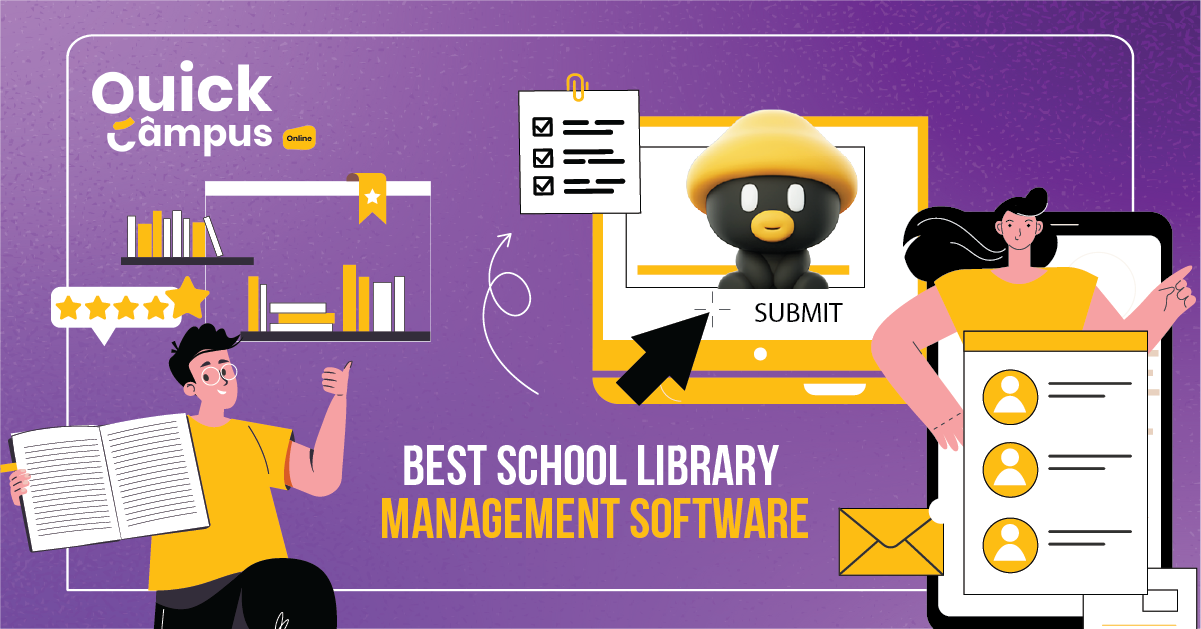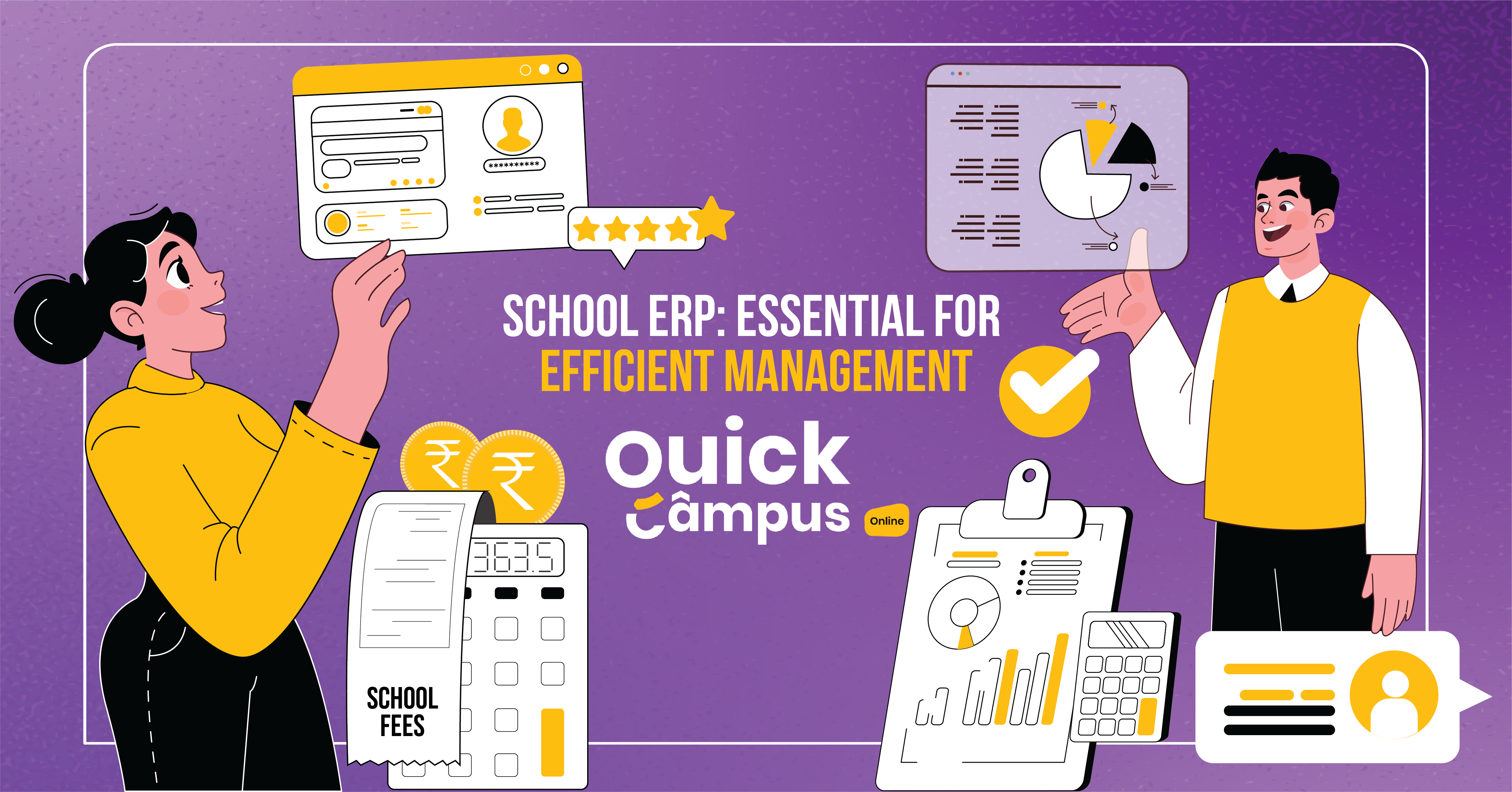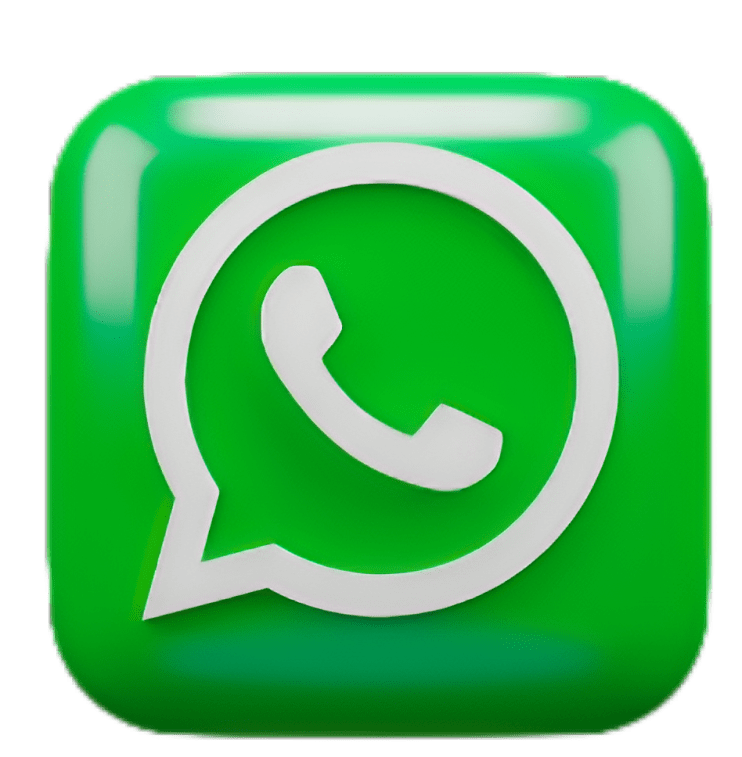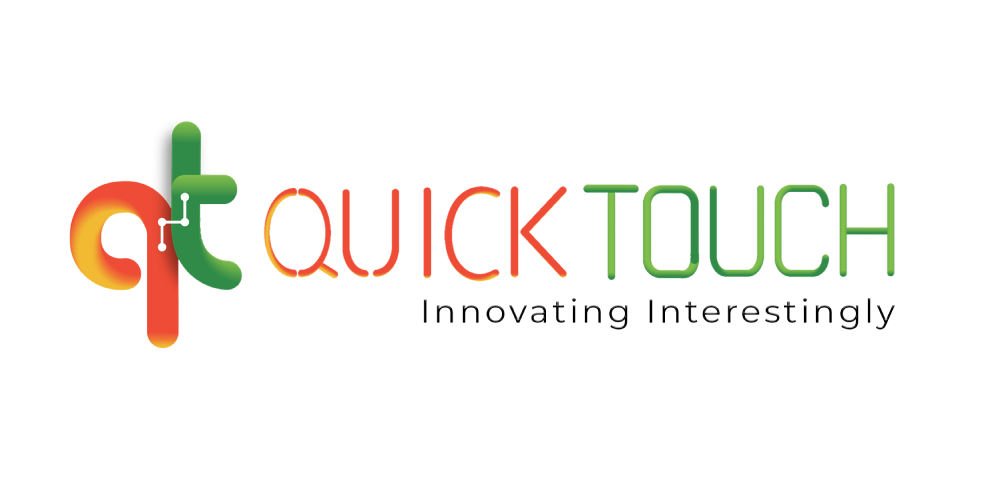Exploring The Uses Of Microteaching
In the nation of education, effective training styles are most important to the success of both instructors and learners. Microteaching is an educational fashion that involves short, focused training sessions followed by feedback and reflection. It has surfaced as a precious tool in teacher training and professional development. Also, we are exploring the uses of microteaching for trainees.
With its versatile nature microteaching offers a myriad of uses across various educational surrounds, fostering skill development, enhancing training practices, and ultimately perfecting pupil issues.
Uses Of Microteaching
Microteaching serves multiple purposes, including improving particular teaching skills and encouraging ongoing growth among educators, providing a versatile method for teacher development.
1. Skill Development
Microteaching serves as a platform for beginner educators to file their tutoring experience in a controlled and probative terrain, by breaking down the tutoring process into manageable parts. At the same time, aspiring preceptors can concentrate on specific aspects of instruction such as assignment planning, classroom operation, and educational delivery.
Through repeated practice sessions and essential feedback from educated instructors, educators can upgrade their ways, build confidence, and address areas for enhancement.
2. Exploring Pedagogical Experimentation: Leveraging The Uses Of Micro-teaching
A big use of micro-teaching is that it helps educators try out new tutoring styles, like using different tools or educational technologies, without important threats. This lets them see what works best for how their scholars learn. They can also change their tutoring based on what they learn. This way of trying effects out encourages educators to keep getting better and come up with new ideas for tutoring.
3. Reflective Practice: Leverages The Uses Of Micro-Teaching
Micro-teaching helps teachers think about their teaching by asking them to look closely at how they teach and how it affects students. After each microteaching lesson plan session, teachers think about what they did well, what they need to work on, and how they can improve. They do this by thinking about their own teaching and listening to what others say about it. This helps teachers learn from their experiences and keep growing as educators.
4. Peer Collaboration And Learning
Microteaching gives educators chances to work together with their intimates who are also preceptors. In these sessions, everyone gets a turn to be the schoolteacher, but they also watch and give feedback to others.
By watching how their intimates educate and giving helpful feedback, educators learn new effects and get better at tutoring. This sharing of ideas helps everyone support each other and learn together, making the training experience better for everyone involved.
5. Individualized Feedback And Coaching
Micro-teaching helps educators get advice and coaching that is just for them. Instructors and educators can concentrate on specific effects each schoolteacher needs to work on, like how they manage the class or ask questions. This special advice helps preceptors get better at tutoring and reach their aims.
6. Assessment And Evaluation
Micro-teaching helps see how well teachers are doing in their teaching. Mentors and helpers watch closely and use special checklists to see what’s good and what needs work during micro-teaching sessions. This helps figure out what teachers are good at, where they can improve, and how they’re doing over time.
By keeping track of this information, schools can decide things like who should be certified as a teacher, what training teachers might need, and how to make teaching programs better.
7. Pre-Service And In-Service Training
Micro-teaching is a common system used in training programs for both new and educated educators. For those training to become educators, microteaching is part of their education program, giving them real-life practice and useful chops before they start tutoring. For educators who are formerly working, microteaching is used to help them keep perfecting and stay over-to-date with new ideas in education
Conclusion: The Power Of Uses of Micro-Teaching
In summary, micro-teaching is a flexible and helpful way to train teachers and help them grow in their careers. It covers everything from learning new skills and trying out different teaching methods to thinking about how they teach and working with other teachers.
By using microteaching in training programs and ongoing learning opportunities, teachers can keep getting better at teaching and make sure their students learn well.
